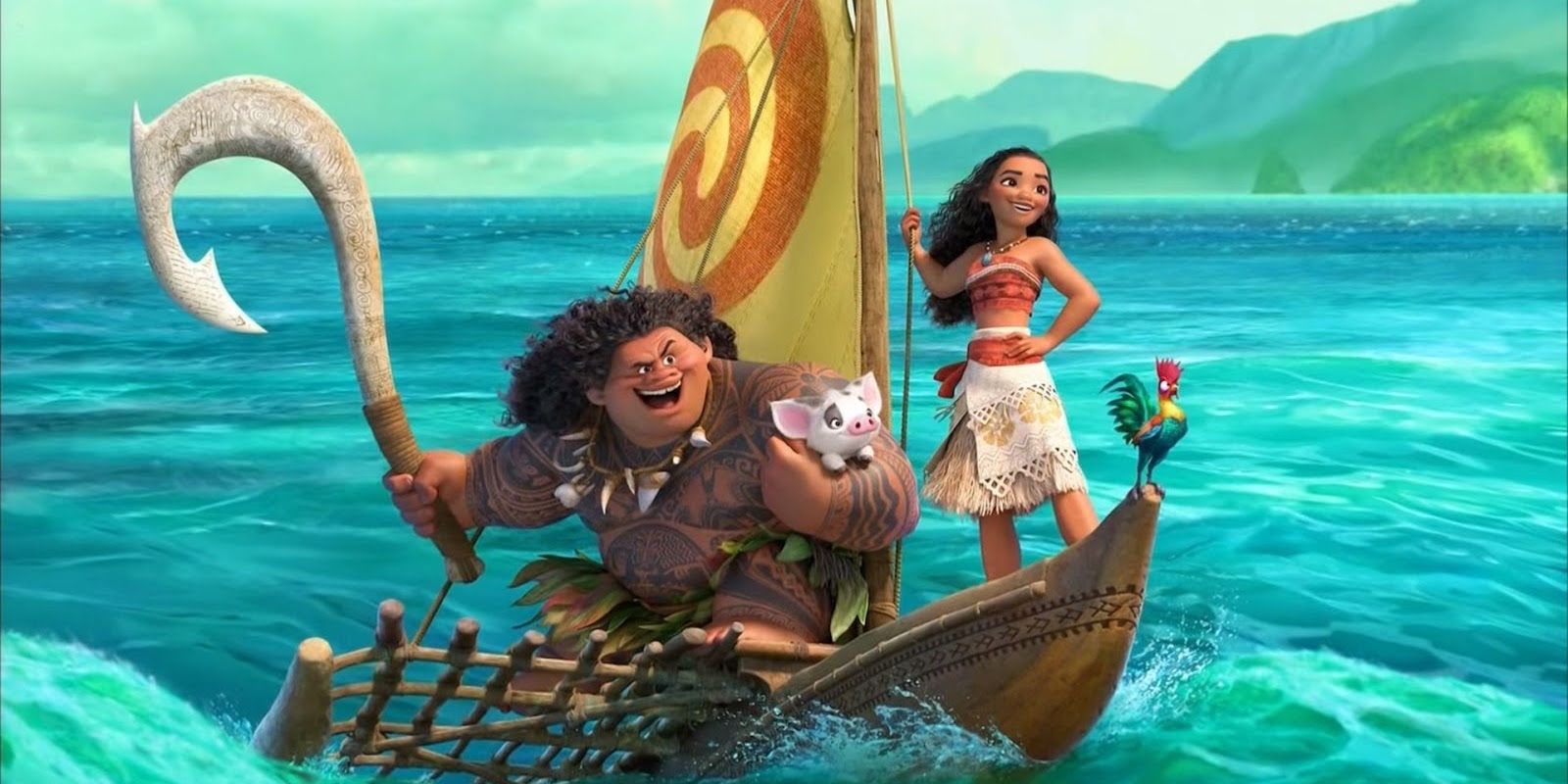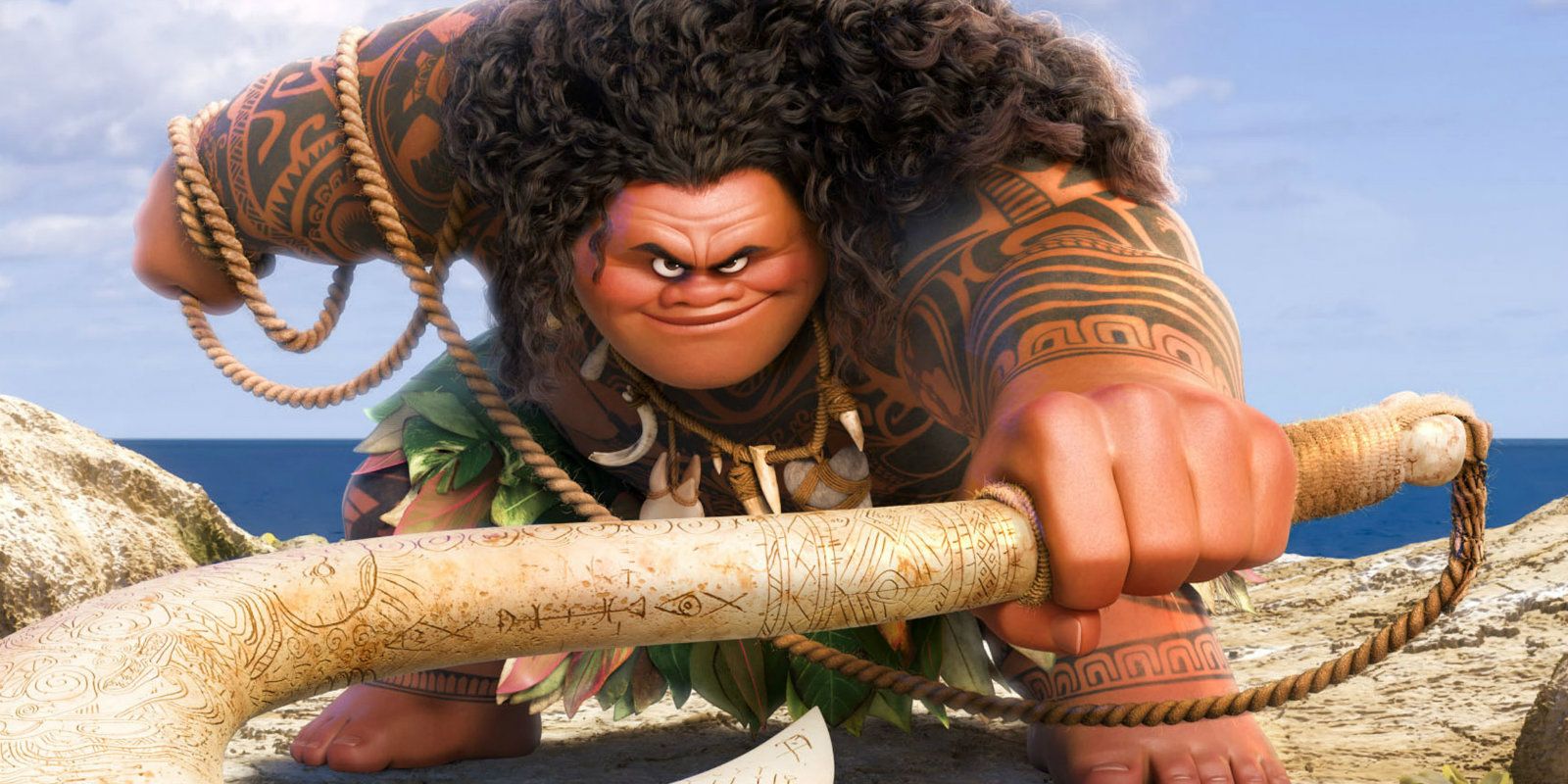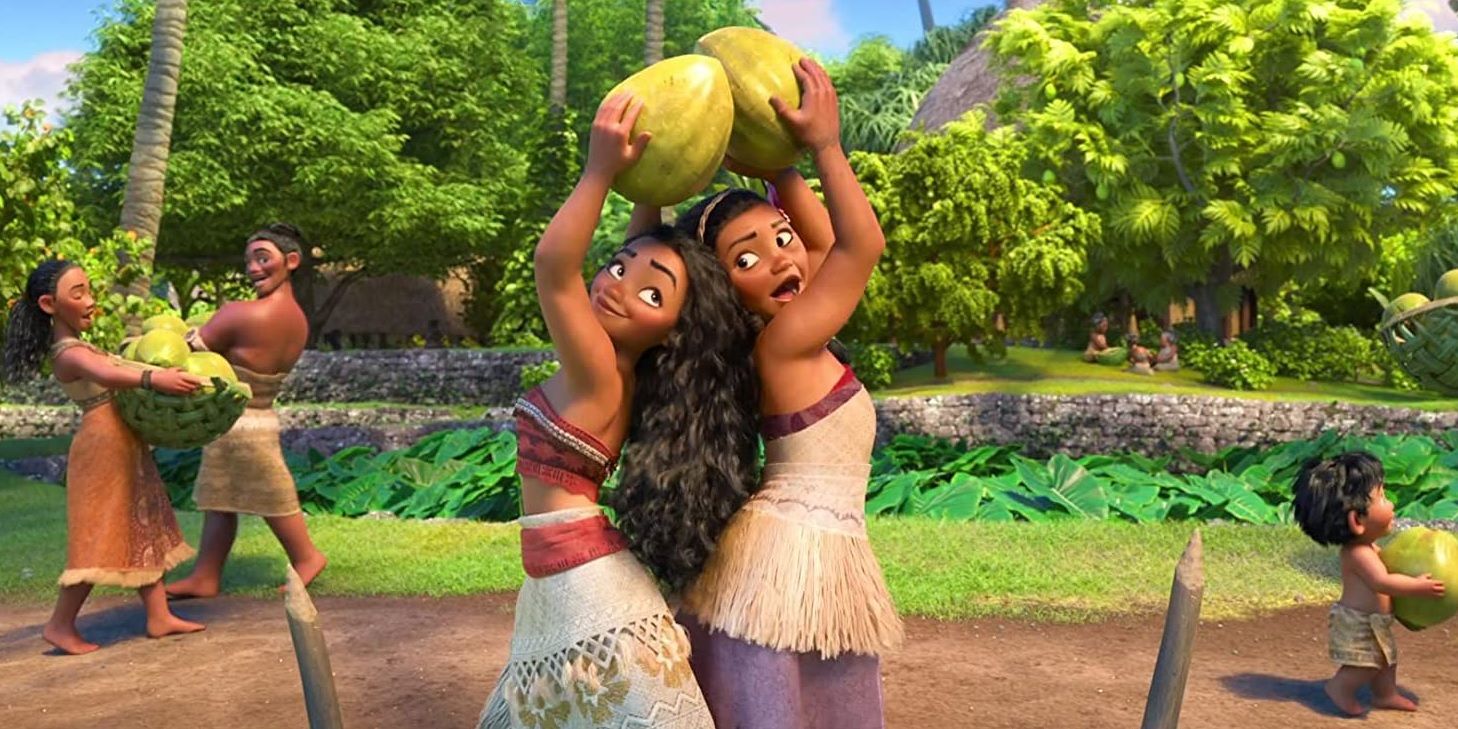[eBook] 비커밍 마이셀프
어빈 D. 얄롬 (지은이),이혜성 (옮긴이),어빈 D. 얄롬시그마프레스2018-10-01



종이책의
미리보기
입니다.


자책종이책 18,000원
전자책정가 14,400원
====
Sales Point : 76

카드/간편결제 할인

무이자 할부

소득공제 650원

====
파일 형식 : PDF(17.57 MB)
TTS 여부 : 미지원
종이책 페이지수 : 408쪽
책소개
정신과의사 어빈 얄롬의 회고록. 얄롬은 집단심리치료 분야의 혁신적인 작업과 시대를 대표하는 위대한 사상가의 지혜를 담는 방법으로 실존적 심리치료의 선구자가 된 과정을 회고하고 있다. 그는 인간의 조건에 새로운 통찰을 제시하기 위해 심리학과 철학을 융합한, 『나는 사랑의 처형자가 되기 싫다』와 『니체가 눈물을 흘릴 때』를 포함하여, 많은 중요한 저서를 통해 영감을 보여준다. 가장 기억에 남는 환자들의 이야기와 사랑과 회한의 개인사가 조화를 이룬 이 책을 통해 독자들은 얄롬의 치료법과 저술 과정, 가족과의 삶에 가까이 다가갈 수 있게 된다.
목차
01 공감의 탄생 1
02 멘토를 찾아서 4
03 나는 그 애가 사라져버렸으면 좋겠어요 11
04 원형으로 돌아가기 16
05 도서관, A부터 Z까지 26
06종교전쟁 30
07 도박하는 소년 45
08 분노에 대한 짧은 역사 50
09 빨간 테이블 58
10 매릴린을 만나다 67
11 대학 시절 73
12 매릴린과 결혼하다 88
13 나의 첫 정신과 환자 93
14 인턴 시절 : 신비로운 블랙우드 박사 97
15 존스홉킨스에서 보낸 시절 103
16 낙원에 배치되다 125
17 육지로 올라오다 137
18 런던에서의 일 년 160
19 엔카운터 그룹, 참 만남 집단에서의 짧았던 소란스러운 생활 170
20 비엔나 거주 176
21 매일 조금 더 가까이 184
22 옥스퍼드와 미스터 스피카의 매혹적인 동전들 191
23 실존치료 199
24 롤로 메이와 함께 죽음에 직면하기 212
25 죽음, 자유, 고립, 그리고 의미 221
26 입원 환자 집단과 파리 228
27 인도로 가는 길 235
28 일본, 중국, 발리, 그리고 사랑의 처형자 249
29 니체가 눈물을 흘릴 때 266
30 카우치에 누워서 280
31 엄마 그리고 삶의 의미 287
32 그리스인 되기 299
33 치료의 선물 308
34 쇼펜하우어와 함께한 2년 317
35 태양을 똑바로 쳐다보기 323
36 마지막 작업들 338
37 이크! 문자메시지 치료라니 347
38 집단에서의 나의 일생 352
39 이상화에 대해서 367
40 노년기의 신참자 380
접기
저자 및 역자소개
어빈 D. 얄롬 (Irvin D. Yalom) (지은이)
저자파일
신간알림 신청
스탠퍼드 의과대학교 정신의학과 명예교수이며, 전미 집단치료협회 종신회원이자, 공인 집단치료자다. 1974년 Edward Strecker, 1979년 미국정신의학회가 수여하는 정신의학 연구 재단상(Foundations’ Fund Prize in Psychiatry), 2017년 전미 집단치료협회 평생공로상, 2018년 미국 심리학회 평생공로상을 수상한 바 있다. 『니체가 눈물을 흘릴 때(When Nietzsche Wept)』(1993년 Commonwealth Club 소설 부문 금메달), 『나는 사랑의 처형자가 되기 싫다(Love’s Executioner)』, 『나 자신이 되기(Becoming Myself)』, 『쇼펜하우어, 집단정신치료(The Schopenhauer Cure)』, 『엄마와 삶의 의미(Momma and the Meaning of Life)』의 저자이며, 저명한 교과서인 『실존적 정신치료(Existential Psychotherapy)』와 『입원환자 집단정신치료(Inpatient Group Psychotherapy)』를 저술했다. 이 밖에도 『카우치에 누워서(Lying on the Couch)』, 『치료의 선물(The Gift of Therapy)』, 『태양을 쳐다보며(Staring at the Sun)』, 『낮의 피조물(Creatures of a Day)』, 『매일 조금씩 가까워져요(Every Day Gets a Little Closer: A Twice-Told Therapy)』, 『집단 만남(Encounter Groups: First Facts)』, 『집단정신치료 안내서(Concise Guide to Group Psychotherapy)』, 『죽음과 삶의 문제(A Matter of Death and Life)』를 저술했다. 접기
최근작 : <최신 집단정신치료 이론과 실제>,<태양을 직면하기>,<죽음과 삶> … 총 202종 (모두보기)
이혜성 (옮긴이)
저자파일
신간알림 신청
한국상담대학원대학교 총장
이화여자대학교 명예교수
서울대학교 사범대학 졸업
미국 버지니아대학교 교육학 박사(상담자교육 전공)
서울여자대학교, 이화여자대학교 교수 역임
한국청소년상담원 원장 역임
저서
여성상담
삶·사람·상담
문학상담
사랑하자 그러므로 사랑하자
아름다움은 영원한 기쁨이어라
내 삶의 네 기둥
역서
쇼펜하우어, 집단심리치료
폴라와의 여행: 삶과 죽음, 그 실존적 고뇌에 관한
심리치료 이야기
카우치에 누워서
보다 냉정하게 보다 용기있게
어빈 D. 얄롬의 심리치료와 인간의 조건
매일... 더보기
최근작 : <문학상담> … 총 18종 (모두보기)
어빈 D. 얄롬 (Irvin D. Yalom)
저자파일
신간알림 신청
스탠퍼드 의과대학교 정신의학과 명예교수이며, 전미 집단치료협회 종신회원이자, 공인 집단치료자다. 1974년 Edward Strecker, 1979년 미국정신의학회가 수여하는 정신의학 연구 재단상(Foundations’ Fund Prize in Psychiatry), 2017년 전미 집단치료협회 평생공로상, 2018년 미국 심리학회 평생공로상을 수상한 바 있다. 『니체가 눈물을 흘릴 때(When Nietzsche Wept)』(1993년 Commonwealth Club 소설 부문 금메달), 『나는 사랑의 처형자가 되기 싫다(Love’s... 더보기
최근작 : <최신 집단정신치료 이론과 실제>,<태양을 직면하기>,<죽음과 삶> … 총 202종 (모두보기)
출판사 제공 책소개
그가 살아온 시대와 주제에 대해 독자의 기대를 저버리지 않는 놀랍고, 설득력 있고 예지가 가득한 멋진 책이다.
-에이브러햄 버기즈, 『눈물의 아이들』의 저자
얄롬은 다른 이들의 삶을 탐구하는 일을 해왔다. 이 책에서는 오래 기다려왔던 회고록을 통해 자신을 형성한 관계와 명성을 얻게 된 혁신적인 업적을 탐구하면서 스스로에게 치료적 시선을 돌리고 있다.
얄롬은 러시아 이민자 1세대의 자녀로 워싱턴 DC의 가난한 지역에서 성장했다. 그는 이런 제약들에서 벗어나기로 결심하고 의사가 되겠다는 목표를 세웠다. 1960년대 문화적 대변혁이 일어날 때 스탠퍼드대학교 의과대학에서 시작해 인간 심리를 탐구하기 위한 방법으로 소설을 썼고 세계적인 명성을 얻게 되었다.
얄롬은 집단심리치료 분야의 혁신적인 작업과 시대를 대표하는 위대한 사상가의 지혜를 담는 방법으로 실존적 심리치료의 선구자가 된 과정을 회고하고 있다. 그는 인간의 조건에 새로운 통찰을 제시하기 위해 심리학과 철학을 융합한, 『나는 사랑의 처형자가 되기 싫다』와 『니체가 눈물을 흘릴 때』를 포함하여, 많은 중요한 저서를 통해 영감을 보여준다. 가장 기억에 남는 환자들의 이야기와 사랑과 회한의 개인사가 조화를 이룬 이 책을 통해 독자들은 얄롬의 치료법과 저술 과정, 가족과의 삶에 가까이 다가갈 수 있게 된다.
그의 마지막 책에서, 얄롬은 찰스 디킨스의 말에 담긴 지혜를 발견한다. “끝에 점점 더 가까이 다가갈수록, 나는 그 원의 시작에 점점 더 가까워진다.” 시작으로 향하는 얄롬과 동행하는 것은 우리들 자신의 시작에 가까이 다가가는 여행이고, 그것은 그가 선사하는 가장 소중한 선물이 될 것이다. 접기
이 상품을 구입하신 분들이 다음 상품도 구입하셨습니다.
더보기
제목을 번역 안 했군요. ‘비커밍‘이라...ㅠㅠ
metta 2018-10-10 공감 (0) 댓글 (0)
Thanks to
공감
저자의 책들이 탄생하게 된 순간 순간을 흥미롭고 솔직하게 쓴 자서전이다. 내용도 좋았고, 인간에 대한 따뜻한 시각이 고스란히 느껴져 더욱 저자에 관심을 갖게 된다.
생강 2020-08-11 공감 (0) 댓글 (0)
Kindle $16.99
Hardcover $77.33
Paperback $26.96

Read sample
Follow the author

Irvin D. YalomIrvin D. Yalom
Follow
Becoming Myself: a psychiatrist’s memoir Kindle Edition
by Irvin D. Yalom (Author) Format: Kindle Edition
4.6 4.6 out of 5 stars 1,545 ratings
The must-read new memoir from one of psychiatry’s most important figures.
Irvin D. Yalom has made a career of investigating the lives of others. In this profound memoir, he turns his writing and his therapeutic eye upon himself. He opens his story with a nightmare: He is twelve, and is riding his bike past the home of an acne-scarred girl. Like every morning, he calls out, hoping to befriend her, ‘Hello, Measles!’ But in his dream, the girl’s father makes Yalom understand that his daily greeting has hurt her. For Yalom, this was the birth of empathy; he would not forget the lesson.
As Becoming Myself unfolds, we see the development of the compassionate and insightful thinker whose books have been a beacon to so many. This is not simply one man's life story — Yalom’s reflections on his life and growth are an invitation for us to reflect on the origins of our own selves and the meanings of our lives.
Read less
Print length
352 pages
Product description
Review
This is a book to read and reread for years to come, a memorable journey through Yalom's time and ours ― Jay Parini, author of The Last Station and New and Collected Poems: 1975-2015
Wonderful, compelling and as insightful about its subject and about the times he lived in as you could hope for. A fabulous read ― Abraham Verghese, author of Cutting for Stone
A candid, insightful memoir by one of the world's most important and accomplished experts on the human soul ― Daniel Menaker, author of The Treatment and My Mistake: A Memoir
Irvin D. Yalom is the psychiatrist who thinks like a philosopher and writes like the fine novelist he also happens to be. Becoming Myself delivers not only the engrossing story of one exceptional individual's life, it shines with revelations regarding life as it ought to be lived ― Rebecca Newberger Goldstein, author of Plato at the Googleplex: Why Philosophy Won't Go Away
From the Inside Flap
Irvin D. Yalom has made a career of investigating the lives of others. In Becoming Myself, his long-awaited memoir, he turns his therapeutic eye on himself, delving into the relationships that shaped him and the groundbreaking work that made him famous.
The first-generation child of immigrant Russian Jews, Yalom grew up in a lower-class neighbourhood in Washington DC. Determined to escape its confines, he set his sights on becoming a doctor. An incredible ascent followed: we witness his start at Stanford Medical School amid the cultural upheavals of the 1960s, his turn to writing fiction as a means of furthering his exploration of the human psyche and his rise to international prominence.
Yalom recounts his revolutionary work in group psychotherapy and how he became the foremost practitioner of existential psychotherapy, a method that draws on the wisdom of great thinkers over the ages. He reveals the inspiration for his many seminal books, including Love's Executioner and When Nietzche Wept, which meld psychology and philosophy to arrive at arresting new insights into the human condition. Interweaving the stories of his most memorable patients with personal tales of love and regret, Becoming Myself brings readers close to Yalom's therapeutic technique, his writing process and his family life.
In this, his final work, Yalom finds wisdom in a line from Charles Dickens: 'For, as I draw closer and closer to the end, I travel in the circle nearer and nearer to the beginning'. Following Yalom back to his beginnings is an invitation to travel nearer to our own, and the opportunity will stand as one of his most profound gifts.
Read more
Product details
ASIN : B076QKDFFK
Publisher : Scribe (30 October 2017)
Language : English
File size : 3.0 MB
Text-to-Speech : Enabled
Screen Reader : Supported
Enhanced typesetting : Enabled
X-Ray : Enabled
===
From Australia
DissidentPhoenix
5.0 out of 5 stars EnjoyableReviewed in Australia on 24 December 2017
Verified Purchase
I have read several of Yalom's books in the past and love them. His lessons have enriched my own work as a therapist greatly. It's interesting to read his memoir. I feel that he has had a very fortunate life, full of kindness. Even his mother who seems very close to an antagonist with her harshness and disapproval also worked hard to give Yalom the life he led. I can't help but wonder how a more traumatic life may have impacted such a gentle and thoughtful soul as Yalom. We'll never know and I think I'm glad of that.
I was also pleased and interested to read his musings about some of his previous work, especially an earlier story in which he worked with an overweight patient. Some might criticize this memoir and say that little seemed to happen, or complain that Yalom spent much time describing his professional life. I don't think those things are really worth criticizing. It's obvious to me that his career has been a large part of his life. I also don't imagine that he's someone who would seek to dramatize his family life too much. This isn't a juicy 'tell all' and I respect that.
As I read, I could imagine myself in conversation with Irv. I think I'd enjoy the experience.
One person found this helpful
HelpfulReport
John Falcon
5.0 out of 5 stars Great narrative of a soulful journey.Reviewed in Australia on 17 November 2017
Verified Purchase
Great narrative of a soulfil journey. As a psychotherapist myself, I hear the gift our clients offer us. An inspiration for the meaning of life.
HelpfulReport
Linda Crawford
4.0 out of 5 stars Fascinating insight into therapy and therapistsReviewed in Australia on 14 August 2018
Verified Purchase
I found this book insightful. I have very little experience of therapy and none of psychotherapy and found the autobiography an insight into psychotherapy and the people who seek this therapy to work through the problems they face in life. I wonder whether anglo-saxons use therapy much and this book makes me think maybe we should!
HelpfulReport
From other countries
Philippe Jacques
5.0 out of 5 stars Encore un très bon livre de I YalomReviewed in France on 7 May 2019
Verified Purchase
Psychiatre, psychothérapeute mais surtout conteur. Yalom refait le coup d'un livre passionnant et émouvant à lire. A la tombée de la nuit.
2 people found this helpfulReport
Translate review to English
Rogério da Veiga
5.0 out of 5 stars Maravilhoso...Reviewed in Brazil on 30 November 2019
Verified Purchase
Acompanhar a vida e o momento onde cada livro surgiu, o contexto, a história de cada história... um privilégio. Yalom vive sua vida de uma forma inspiradora, e seus livros nos permitem, se estive4mos dispostos a fazer o trabalho de casa, também avançarmos no propósito de nos tornar mais nós mesmos.
One person found this helpfulReport
Translate review to English
Steve Ceresnie
5.0 out of 5 stars The gift of a well lived lifeReviewed in the United States on 14 April 2018
Verified Purchase
A Psychiatrist’s Well Lived Life
Irvin D. Yalom. “Becoming Myself. A Psychiatrist’s Memoir.” New York: Basic Books, 2017.
I like books written by mental health clinicians who have lived a full life, and use their wealth of experience to tell us informative stories. Yalom tells stories, shares the importance of his dreams and those of his patients, his ways of doing therapy and his journey from 1930’s Washington D.C. to present day Palo Alto – along with his side trips around the world, not to mention all the remarkable people he met.
At 85 years of age, Yalom still sees patients, consults, writes --- and has much to say in this wonderful memoir.
He is an emeritus professor of psychiatry at Stanford University in Palo, Alto California. He has authored many books including: The Schopenhauer Cure, The Gift of Therapy, Concise Guide to Group Psychotherapy, Lying on the Couch, Momma and the Meaning of Life, and Existential Therapy.
My favorite part of his memoir is when he discusses his ideas about his book Existential Therapy – a book I treasure. Before reading Yalom’s Existential Therapy book I found readings on existential philosophy filled with barbed wire prose.
But not Yalom --- he steeped himself in the writings of Rollo May, among other existential writers --- and even entered therapy with May. Yalom writes: “I gradually drifted away from my original affiliation with medical science and began grounding myself in the humanities…I embraced Nietzsche, Sartre, Camus, Schopenhauer, and Epicurus…Dostoevsky, Tolstoy, Beckett, Kundera…”
For example, Yalom focused on death anxiety, and started a group for females with breast cancer – to confront his own fears and help others. Yalom writes about one of his patients who said: “What a pity I had to wait until now, until my body was riddled with cancer, to learn to how to live.”
Yalom says the above phrase took up permanent residence in his mind and helped shape his practice of existential therapy. Yalom writes: “though the reality of death may destroy us, the idea of death may save us. It brings home the realization that since we have only one chance at life, we should live it fully and end it with the fewest of regrets possible.”
Yalom divided his book on existential therapy in four sections: the ultimate concerns: death, freedom, isolation and meaning. He confronts our anxieties about death --- drawing on the works of philosophers and writers, and his work with dying patients. He takes up freedom as the ultimate concern of many existential thinkers---a freedom that demands we are the authors of our own lives and must take responsibility for our actions. For Yalom, isolation is not interpersonal isolation but the idea that we are each thrown alone into the world and depart alone. He discusses isolation by focusing on the therapist-patient relationship --- examines our wishes to fuse with another and our fear of individuation. His 4th concern, meaning, touches on such questions as “What is the meaning of life? Why are we here? What sense does life have?
23 people found this helpfulReport
Sandra
5.0 out of 5 stars great quality, quick shipping!Reviewed in Canada on 16 November 2024
Verified Purchase
great quality, quick shipping!
Report
Sylvia
5.0 out of 5 stars a recount of a plentiful, exciting and above all a most successful professional iLife as a psychiatrist and writer, so helpful to read as I am approaching the last third of my life too- thank you😊Reviewed in Germany on 27 November 2024
Verified Purchase
a most helpful memoir for our own journey of „ becoming ourselves“ as we are growing older and closer to death😊
Report
Doriana
5.0 out of 5 stars A wonderful memoirReviewed in Italy on 18 January 2018
Verified Purchase
I love this Author. I've read all his books and I couldn't wait to know him better through the knowledge of his life and how he reflects on his experiences. What an eventful life! My admiration is based on his generosity, intelligence, sincerity in exposing his shortcomings, too. I feel grateful for sharing so many intimate thoughts with us. Even though he said this is his final book I still hope there will be another one.
2 people found this helpfulReport
Translate review to English
AriWGomez
5.0 out of 5 stars Para seguidores de YalomReviewed in Spain on 25 February 2019
Verified Purchase
A mi me encanta el autor por eso tengo todos sus libros. Lo que me llama la atención es que no haya una traducción al español, pero bueno no me viene mal practicar la lectura en inglés.
Report
Translate review to English
===












